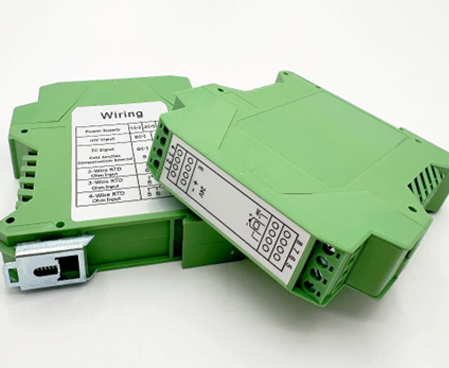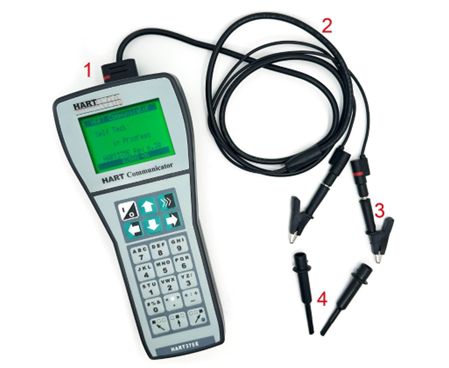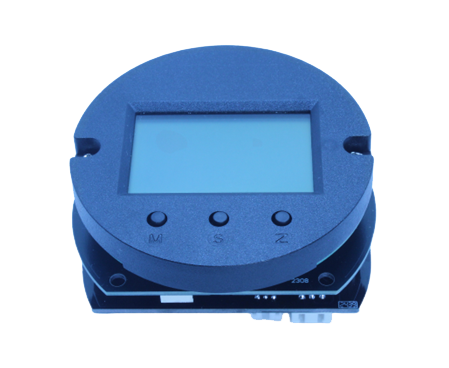HART 475 vs 375 Field Communicator: Key Differences Explained
What Is a Field Communicator and Why Does It Matter?
What Does a Field Communicator Do in Industrial Automation?
A field communicator is a key tool for accessing all your field device’s info. In industrial automation, it’s crucial for setting up, calibrating, and troubleshooting smart instruments like pressure transmitters, flow meters, temperature sensors, and level gauges. These tasks are vital during startup, maintenance, and problem-solving.
Field communicators let technicians tap into the digital features of HART-enabled devices. They give access to device settings, diagnostics, and live process data—stuff that’s essential for keeping equipment running smoothly and reliably.
How Do HART Communicators Help with Device Setup and Diagnostics?
HART communicators make it easy to connect control systems and field devices using the HART (Highway Addressable Remote Transducer) protocol. HART375E intelligent handheld device can configure, calibrate and maintain all devices that comply with HART protocol, including setting the measuring range, loop testing, monitoring process variables, and making on-site fine adjustments.
They work with both point-to-point and multi-drop setups. By reading internal diagnostic codes and self-test results from field devices, technicians can spot problems fast. Can diagnose field device faults by reading self-diagnostic info; helps engineers quickly find causes and take measures to reduce downtime.
Understanding Handheld Communicators in Process Industries
Handheld communicators have come a long way from basic analog tools to advanced digital tablets that handle tough tasks. Over the years, the field communicator has changed Today, it’s not a normal handheld, but a tablet with a lot of features that can assist you in many activities during your daily business. Their portability makes them perfect for on-site work where quick access to device settings is a must.
In industries like petrochemicals, water treatment, power plants, and pharmaceuticals, these tools are used a ton for setting up equipment, doing maintenance checks, integrating systems, and meeting regulatory standards.
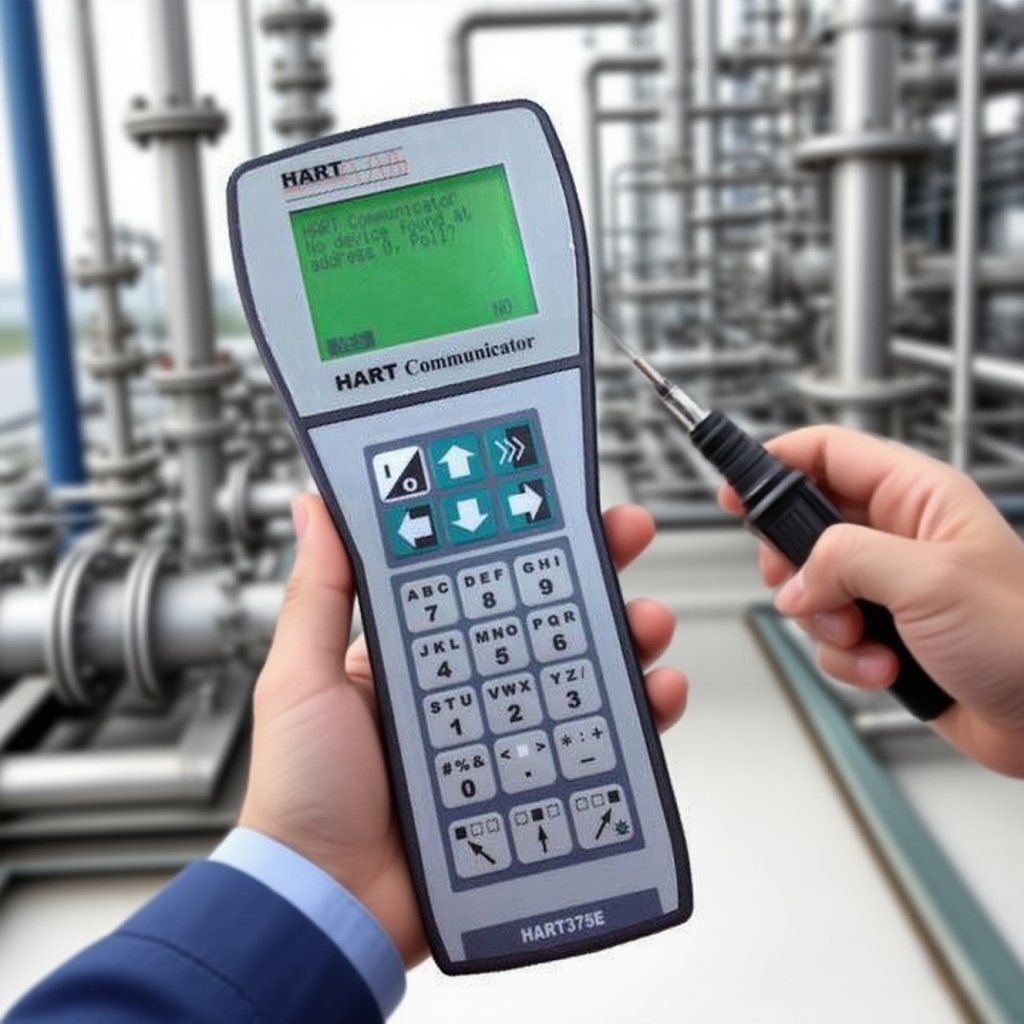
Comparing HART 475 and HART 375: What’s Different?
What Are the Technical Specs of HART 475 vs. 375?
Display and Interface
The HART 475 has a modern setup with better display features. The portable H475 Field Communicator includes a color LCD touch screen, which enhances usability in various lighting conditions. In contrast, while functional and user-friendly, the H375 has an easy-to-use graphical interface and clear menu; simple for non-professionals. Its backlit screen shows clearly in dim sites but lacks touchscreen functionality.
Battery Life and Power
Battery life is similar for both. Rechargeable battery works 150 – 200 hrs with 3 AA batteries applies to the H475 model. Similarly, Continuous Working Time: 150 hours (alkaline batteries) is specified for the H375E.
Supported Protocols and Device Compatibility
Both models support standard HART protocols. Compatible with HART275, 375, 388 etc. Communicates with various domestic & imported HART protocol instruments like 1151, 3051, EJA, ABB ones. HART375E supports the first master device of the HART (such as HART bridges) and also supports the point-to-point and multi-point communication modes of HART.
How Does Performance Differ Between the Two?
Speed, Memory, and Power
The H475 has better processing power. The portable H475 Field Communicator includes a Central Processing Unit (CORTEX-M3), bulk memory unit (FLASH), allowing it to store up to thousands of configurations efficiently. This makes it great for jobs needing quick access to lots of device data.
Usability in Tough Industrial Settings
Both devices are built for rough use. Good anti-interference; can keep stable links with field devices in complex environments describes how well the H375 performs under challenging conditions. The compact design of both models ensures ease of handling even in tight or hazardous areas.
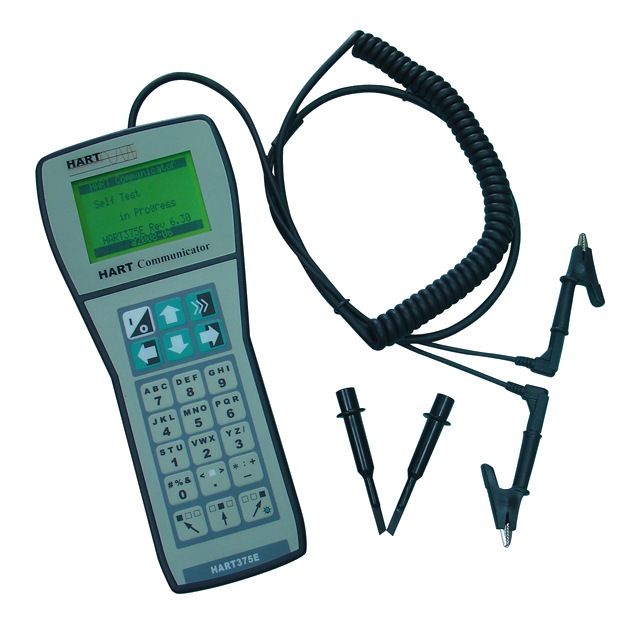
Introduction to ICwalk and Its Field Communicator Series
Who Is ICwalk and What Do They Offer?
We at ICwalk focus on industrial automation solutions, especially smart handheld communication devices that meet global standards like the HART protocol. Our products are made for pros in fields like petrochemical processing, water treatment, power plants, pharmaceutical manufacturing, and more.
Overview of ICwalk’s H375 and H475 Communicators
Key Features of ICwalk’s Field Communicators
Our H475 Field Communicator supports HART fieldbus devices EDDL technology enables it to communicate with a variety of devices independent of device manufacturer. It also includes advanced diagnostics, Self-diagnoses issues alarms on failures & low voltage to ensure normal operation, along with excellent compatibility across instrument brands.
Meanwhile, HART375E intelligent handheld device can configure all devices that comply with HART protocol. It’s designed for ease-of-use, With an easy-to-use graphical interface simple for non-professionals making it ideal for technicians needing straightforward operation without sacrificing diagnostic depth.
Application Scenarios for H375 and H475 Devices
Our products are used widely across industries:
In chemical production helps set and calibrate pipeline flow meter parameters for accurate measurement
It sets and monitors pressure transmitters sends alarms for safety
It configures environmental instruments to monitor clean room parameters
Which One Should You Choose: HART 475 or HART 375?
What Are Your Work Needs and How Do They Match Each Model?
If your job needs fast processing or working with lots of smart instruments from different brands—especially for system integration—the HART 475 is more flexible thanks to its better hardware.
However, engineers can adjust them easily through an intuitive interface to boost efficiency, which makes the HART 375 ideal if simplicity is more important than advanced features.
When Is the H375 Better Than the H475?
For routine maintenance or basic setup tasks in stable settings like small plants or remote sites where portability is key, Small and lightweight; easy to carry around. Battery-powered with long life; meets on-site work needs, then choosing our ICwalk’s HART 375E would be more practical.
Is Upgrading from 375 to 475 Worth It?
Yup—especially when working with newer instruments or handling big deployments. The internal flash memory stores up to 1,000 sets of HART configurations, which significantly reduces setup time during commissioning or troubleshooting sessions compared to older models like HART 375E.
Common Use Cases for Field Communicators in Industry
How Are Field Communicators Used for Setting Up New Devices?
During plant startup or equipment installation, New HART protocol instruments need config like setting ranges ensures normal work & meet process needs. This initial setup ensures compatibility between control systems and instrumentation networks while minimizing human error.
Troubleshooting Field Instruments with a Communicator
Technicians use diagnostic codes from communicators to check faults. When instruments malfunction read internal info & diagnostic codes to quickly find fault causes & take measures to reduce downtime & losses—this proactive approach prevents extended outages.
Performing Calibration Checks with a Handheld Communicator
Calibration checks keep things accurate over time. Reads & writes transmitter output modes (default linear) manages both HART & Fieldbus devices effectively. Whether adjusting zero points or verifying loop integrity, field communicators simplify these processes significantly onsite without dismantling equipment.
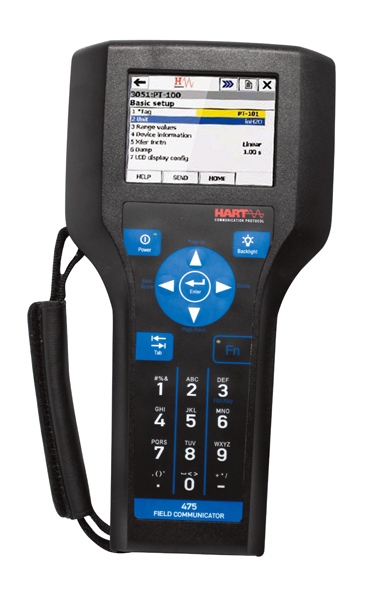
FAQ
Q: What’s the difference between a HART communicator and a Field Communicator?
A: A HART communicator is just for HART protocol tools. A Field Communicator, though, later versions had both HART & Foundation Fieldbus connectivity providing access menu tree via DD/EDD or DTM files which basically give entire menu access allowing full setup & checking other info too.
Q: Can I use a HART 375 or 475 with all types of field instruments?
A: Yes—both work with a wide range. Communicates with various domestic & imported instruments like Rosemount 1151/3051 series as well as ABB/Yokogawa EJA series.
Q: Is there software needed to update or configure the HART 475 or 375?
A: Updates are easy now. Nowadays keeping them updated is straightforward communicating directly with server downloading data avoiding generic communication issues ensuring latest DTM files/software avoiding problems like memory full limited library needing laptop backup etc.


